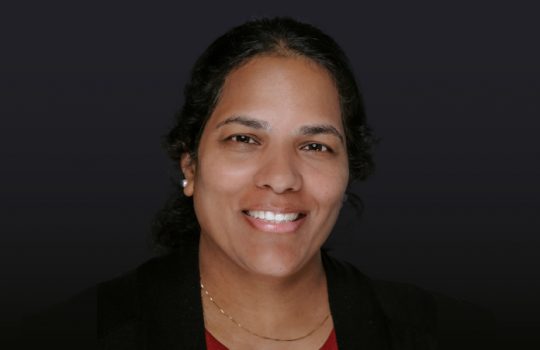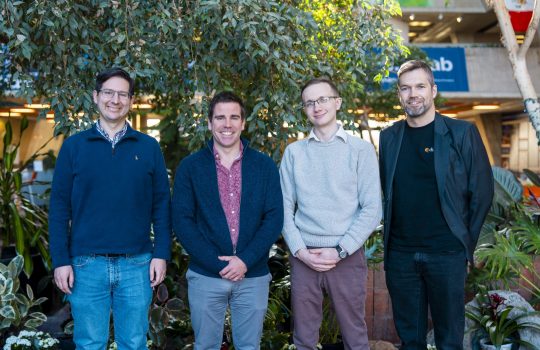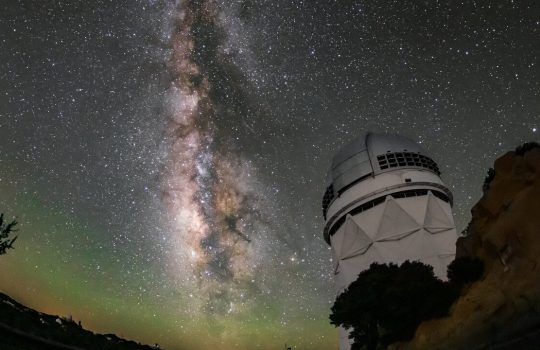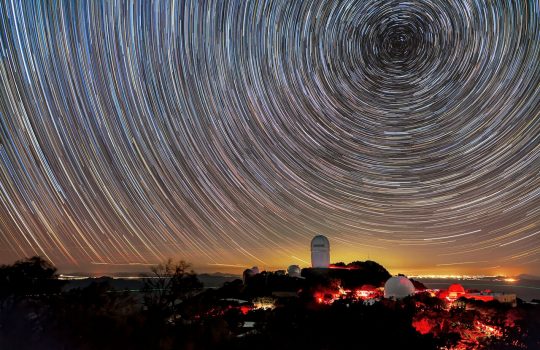Obesity-drug pioneers and 13,508 physicists win US$3-million Breakthrough Prizes
Nature, April 5, 2025
The ALICE, ATLAS, CMS and LHCb collaborations received the 2025 Breakthrough Prize in Fundamental Physics on behalf of the CMS Collaboration on April 5, 2025.




